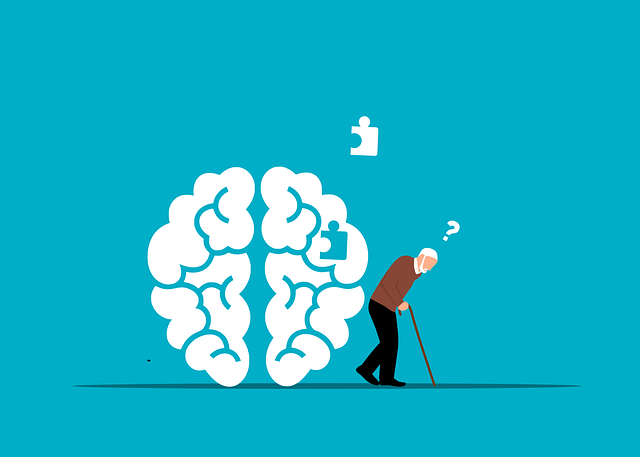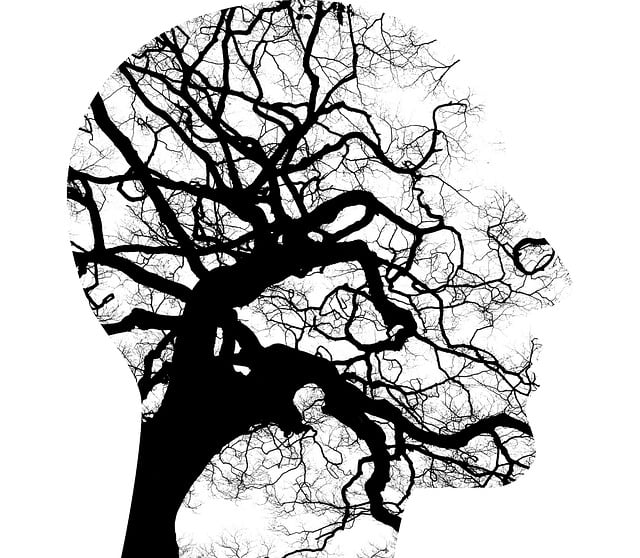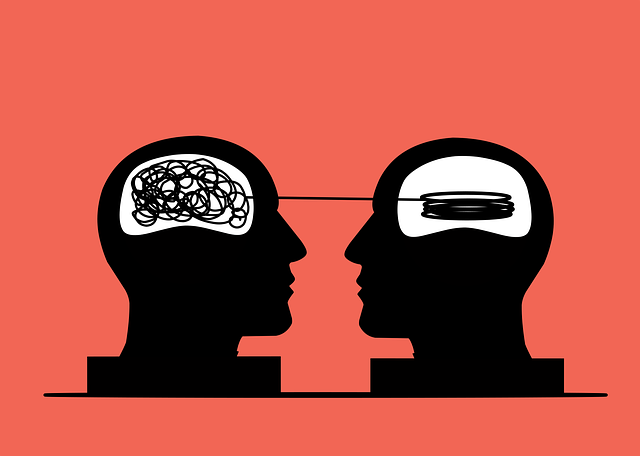Mental wellness involves more than just the absence of illness; it's about resilience, coping mechanisms, and purpose. Self-assessment tools like those offered by Lone Tree Autism Spectrum Disorder (ASD) therapy programs are key to understanding one's inner world, identifying strengths and areas for support, and fostering proactive well-being strategies. These tools are culturally sensitive, accommodate diverse communication styles, and incorporate evidence-based practices tailored for ASD individuals. User feedback and data analysis ensure their relevance and accuracy in promoting mental wellness across diverse populations, including those seeking Lone Tree ASD Therapy.
Mental wellness self-assessment tools play a pivotal role in empowering individuals, especially those on the autism spectrum. This article delves into the development of such tools, highlighting their significance in Lone Tree Autism Spectrum Disorder (ASD) therapy. We explore key components for effective assessments, emphasizing user feedback integration and data analysis. Additionally, we discuss enhancing accessibility and cultural sensitivity in design, ensuring these tools cater to diverse needs. By understanding mental wellness and leveraging technology, these assessment tools revolutionize ASD support.
- Understanding Mental Wellness and Self-Assessment
- The Role of Tools in Lone Tree Autism Spectrum Disorder Therapy
- Key Components for Developing Effective Assessment Tools
- Integrating User Feedback and Data Analysis
- Enhancing Accessibility and Cultural Sensitivity in Design
Understanding Mental Wellness and Self-Assessment

Understanding mental wellness involves recognizing the intricate interplay between emotional, psychological, and social well-being. It encompasses not just the absence of mental illness but also the presence of resilience, coping strategies, and a sense of purpose. Self-assessment tools play a pivotal role in this landscape, offering individuals a direct line into their inner thoughts and emotions. These tools empower folks to take charge of their mental health, much like Lone Tree Autism Spectrum Disorder Therapy supports individuals navigating unique challenges.
By integrating self-assessment practices, individuals can gain valuable insights into their strengths and areas needing support. This proactive approach fosters confidence-boosting strategies tailored to personal needs. Moreover, these tools can serve as effective crisis intervention guidance, ensuring that those experiencing distress have accessible resources for immediate support. Ultimately, enhancing mental wellness through self-assessment encourages a proactive and holistic approach to well-being.
The Role of Tools in Lone Tree Autism Spectrum Disorder Therapy

Self-assessment tools play a pivotal role in Lone Tree Autism Spectrum Disorder (ASD) therapy by providing structured frameworks to evaluate and track an individual’s progress. These tools are designed to cater to the unique needs of individuals on the ASD spectrum, offering insights into their strengths, challenges, and areas requiring support. By utilizing evidence-based methods, therapists can tailor interventions effectively, ensuring personalized care.
In the context of Lone Tree ASD therapy, these self-assessment tools can facilitate goal setting, enhance communication skills, and improve overall mental wellness. Moreover, they foster self-awareness by empowering individuals to recognize their emotional states and triggers, which is crucial for managing stress and preventing burnout—a significant concern in the field, especially with growing awareness of burnout prevention within Mental Wellness Coaching Programs Development and Stress Management Workshops Organization.
Key Components for Developing Effective Assessment Tools

Developing effective mental wellness self-assessment tools requires a multifaceted approach, especially when catering to diverse populations like individuals with Lone Tree Autism Spectrum Disorder (ASD). Firstly, cultural sensitivity and adaptability are essential components. The assessment should be designed to accommodate different communication styles and preferences, ensuring inclusivity for all users. For instance, incorporating visual aids, simple language, and non-verbal cues can significantly enhance engagement during the self-assessment process.
Additionally, integrating evidence-based practices and validated measurement tools is crucial. This involves drawing from established theories of mental health and well-being, such as cognitive-behavioural therapy principles, to create relevant questions and metrics. By combining these elements with effective communication strategies, like clear instructions and feedback mechanisms, the assessment can accurately gauge an individual’s mental wellness status. Moreover, incorporating burnout prevention strategies for healthcare providers involved in the assessment process ensures a holistic approach, fostering not only accurate diagnosis but also provider well-being.
Integrating User Feedback and Data Analysis

In the development of self-assessment tools for mental wellness, integrating user feedback and data analysis is a pivotal step. Gathering insights from individuals with diverse experiences, such as those navigating Lone Tree Autism Spectrum Disorder Therapy, enriches the tool’s effectiveness and sensitivity to individual needs. User feedback provides real-world validation or challenges proposed assessment criteria, ensuring the tool resonates with its intended audience.
Data analysis plays a complementary role by quantifying and qualifying trends within the feedback. This analytical approach allows for the identification of common mental health concerns, such as those often associated with Emotional Intelligence development or Trauma Support Services. By combining these qualitative and quantitative data sources, developers can refine Mental Wellness Coaching Programs Development, making them more accurate, culturally sensitive, and beneficial to a broader range of users.
Enhancing Accessibility and Cultural Sensitivity in Design

In developing mental wellness self-assessment tools, enhancing accessibility and cultural sensitivity is paramount. This involves ensuring that the tools are usable by individuals with diverse needs, including those on the autism spectrum like those seeking Lone Tree Autism Spectrum Disorder Therapy. Designers must consider visual clarity, simple language, and intuitive interfaces to cater to a wide range of users. Incorporating features that support resilience building and emotional healing processes can significantly benefit all users, regardless of their background or challenges.
Cultural sensitivity is equally crucial, as mental health experiences vary across different communities. The tools should be designed with an understanding of various cultural contexts, incorporating techniques for conflict resolution that resonate with diverse populations. By doing so, the self-assessment tools become more inclusive and effective in promoting mental wellness, catering to the unique needs of every individual who interacts with them.
The development of mental wellness self-assessment tools plays a pivotal role in enhancing access to care, especially for individuals with Lone Tree Autism Spectrum Disorder (ASD). By incorporating key components like user feedback and data analysis, these tools can become robust resources that support personalized therapy. Ensuring accessibility and cultural sensitivity during design is essential to create inclusive environments that cater to diverse needs. With continued innovation, self-assessment tools have the potential to revolutionize ASD therapy, promoting better mental wellness outcomes for all.














